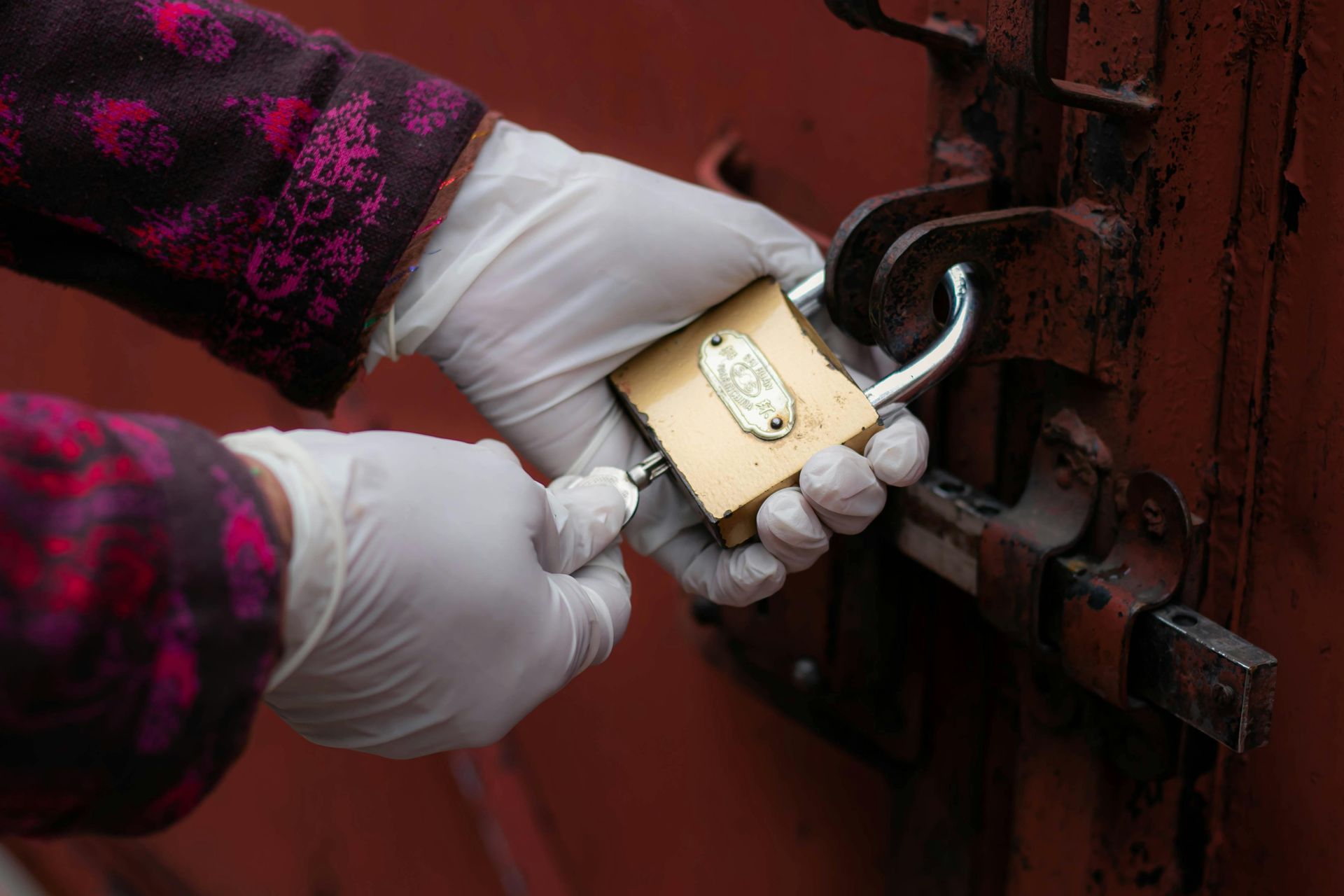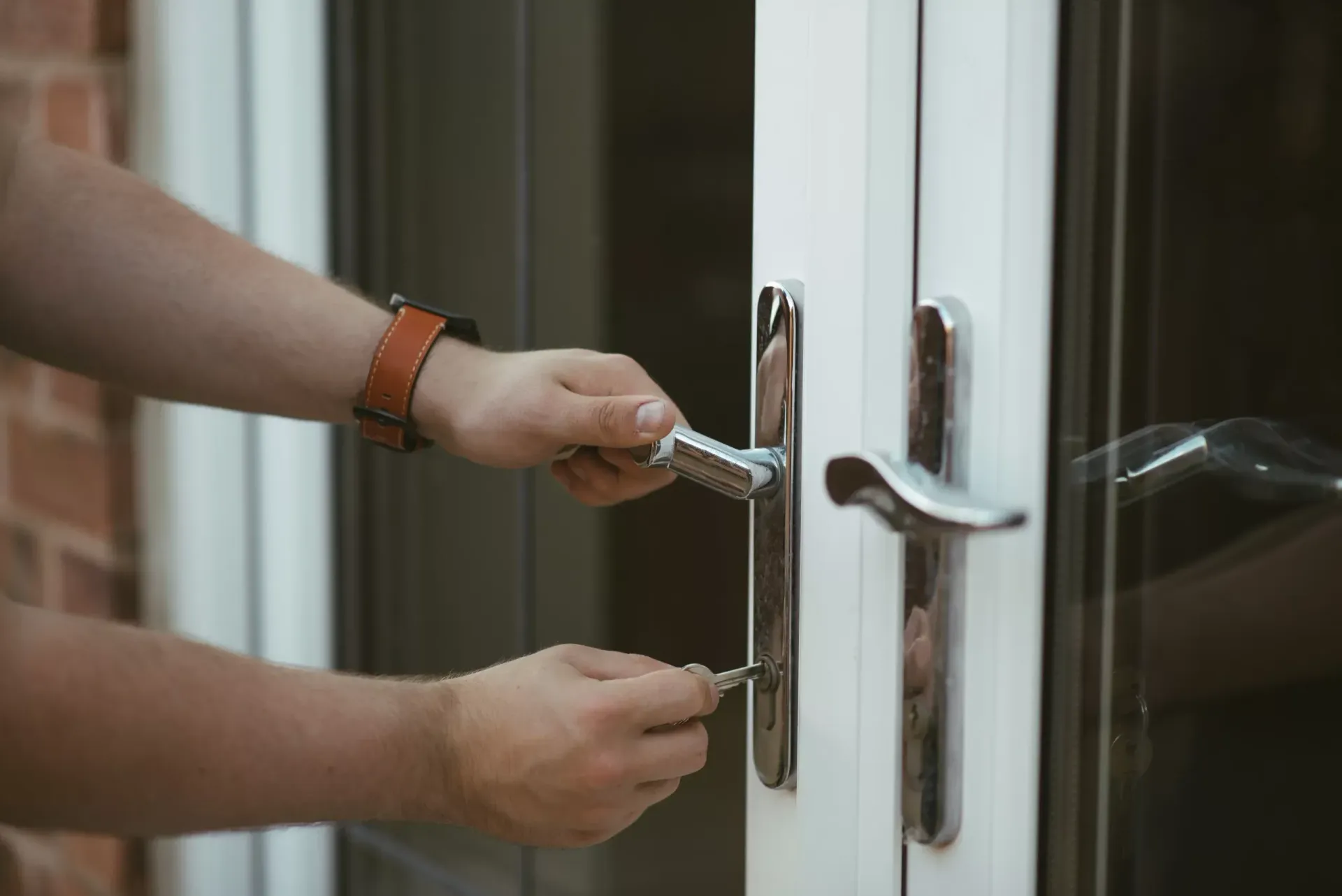How To Stop Your Locks Freezing
British winters can be hard, and not just on people and animals, but also on property and any possessions exposed to the elements. This includes external locks such as door locks, and locks can become frozen if the weather is cold enough.
Frozen locks can be very inconvenient and potentially costly, making it a good idea to prevent them from freezing in the first place. There are several steps you can take to prevent frozen locks, including the following:
Keep Them Clean
Dirt can attract moisture and if the moisture freezes, you can be stuck with a lock you can’t open. As such, cleaning dirty locks will help prevent them from freezing in cold weather.
Spray with WD-40
WD-40 is one of the handiest products to have in any home or business. There are numerous potential situations where you would be grateful you had it, including frozen locks. Spraying some WD-40 on your locks will help prevent them from freezing by stopping water from getting inside.
Smear With Petroleum Jelly
Petroleum jelly is another product that has numerous uses, including preventing frozen locks. Smear a lock with petroleum jelly and it will prevent water from getting inside. The jelly won’t freeze, and it can even help make it easier to slide your key in and out.
Above are just a handful of examples of easy ways to help prevent your locks from freezing this winter. If you want more help with lock maintenance or if your locks are frozen, get in touch and we will be happy to help.




